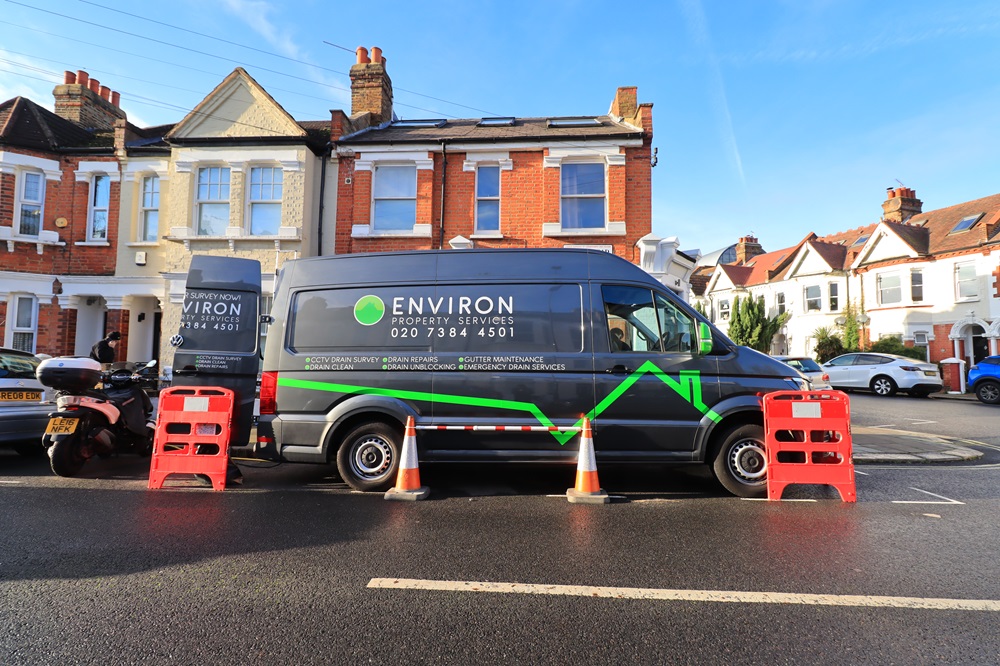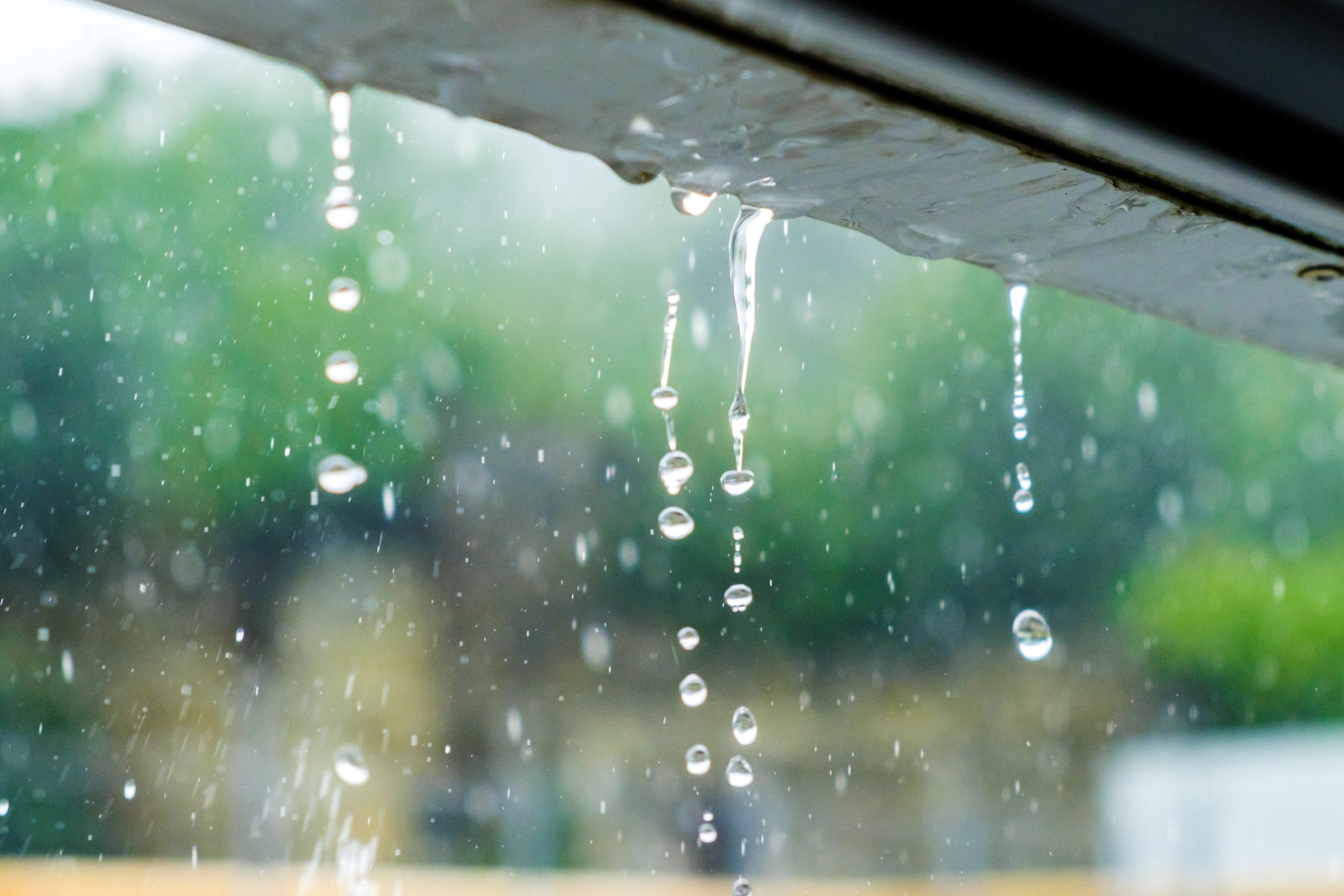What Are Sustainable Drainage Systems (SuDS) and How Do They Help London Adapt to Climate Change?
Sustainable Drainage Systems (SuDS) are engineered green infrastructure solutions designed to mimic natural hydrological processes for managing surface water, alleviating pressure on sewer systems, and enhancing urban resilience. By slowing, storing, and treating run-off close to where it falls, SuDS reduce flood peaks and improve water quality.
SuDS deliver benefits across three key areas, hydrology, ecology, and amenity, by integrating bioretention, infiltration, and detention features throughout the urban environment.
These systems capture rainwater in ponds, swales, and landscaped filter strips, allowing for gradual infiltration into the ground or controlled release into sewer networks. SuDS also support biodiversity, provide cooling through vegetation, and create attractive public spaces that double as flood mitigation measures.
Reducing Surface Water Flood Risk with SuDS
SuDS reduce flood risk by intercepting rainwater at its source, storing it in permeable soils or retention basins, and releasing it at controlled rates. Rain gardens and green roofs can retain significant volumes of run-off, while infiltration trenches channel excess water underground.
This staged discharge prevents drains from becoming overloaded during peak flows and lowers the likelihood of surface inundation. The combined effect across multiple installations creates a distributed network of flood buffers.
Installing and Maintaining SuDS in London
Installing SuDS requires a thorough site assessment of soil type, drainage gradients, and available space, followed by the design of elements such as permeable pavements, detention basins, and rainwater harvesting tanks. Construction involves excavation, lining, placement of filtration media, and connection to existing drainage systems where necessary.
Regular maintenance includes removing accumulated sediment, inspecting inlet/outlet structures, and checking the health of vegetation. A scheduled maintenance agreement with a drainage specialist supports long-term performance and compliance with local regulations.
Green Infrastructure for Drainage and Climate Resilience
Green infrastructure, including trees, swales, bioswales, and constructed wetlands, enhances SuDS by providing additional water storage, slowing run-off, and promoting evapotranspiration. Vegetation intercepts rainfall, filters pollutants, and stabilises soil, reducing erosion and improving the quality of water entering drainage systems.
Urban green corridors also help moderate temperatures, mitigating the urban heat island effect, which can intensify storm events. Integrating nature with infrastructure creates multifunctional spaces that deliver environmental, social, and flood protection benefits.
How Does Environ Drainage Services Support London’s Climate Change Flood Resilience?
Environ Drainage Services offers comprehensive drainage solutions specifically designed to prevent and respond to climate-driven flooding in London.
Through expert assessment, preventative maintenance, and rapid emergency response, the company helps property owners safeguard their assets and maintain operational continuity.
Environ’s Flood-Prevention Services in London
We can coordinate with SuDS designers/contractors and maintain site drainage connected to SuDS features. Preventative maintenance contracts provide regular inspections and early fault detection, reducing the likelihood of back-ups during heavy rainfall.
We offer flood-alleviation advice and ongoing maintenance; installation scope will be confirmed during a survey. Each service is tailored to specific site conditions and climate projections, building robust defences against future extreme weather events.
Requesting a Flood Risk Assessment and Quote
To arrange a bespoke flood risk assessment and a detailed drainage quote, please contact Environ Drainage Services or call us to discuss your specific site requirements.
A qualified surveyor will evaluate your property's layout, existing drainage infrastructure, and flood history, then provide a tailored report with recommended interventions and cost estimates. This transparent process helps homeowners and businesses make informed decisions ahead of the next storm season.
What Are London’s Most Flood-Vulnerable Areas and How Is Risk Assessed?
Certain boroughs and neighbourhoods within London face particularly high flood risks due to a combination of geological, infrastructural, and tidal factors. Mapping and assessment tools are available to help property owners identify vulnerabilities and prioritise mitigation efforts.
Risk assessment involves integrating Environment Agency flood maps, local surface water flood risk registers, and site-specific surveys to categorise properties based on their exposure and potential impact.
Key factors include proximity to the Thames or its tributaries, soil permeability, elevation, and the capacity of the sewer network. Overlaying these datasets helps pinpoint high-risk areas that require urgent attention from homeowners, developers, and local authorities.
Using Flood Maps to Identify Vulnerable Properties
Flood maps visually represent predicted inundation depths, flow velocities, and hazard zones under various rainfall or tidal scenarios, guiding planning decisions and insurance assessments.
Interactive online tools allow property owners to enter their street address and view relevant flood risk layers, facilitating the early adoption of protective measures. Combining insights from flood maps with on-site surveys ensures a comprehensive understanding of both broad-scale and localised flood threats.
Common Questions on Climate Change and Flood Risk
The answers below offer concise, authoritative insights into how climate change is driving increased flooding in London and the steps property owners can take to adapt.
How Does Climate Change Increase Flood Risk in London?
Climate change heightens London's flood risk by intensifying rainfall, increasing winter precipitation totals, and elevating sea levels. These factors collectively overwhelm ageing drainage systems, worsen surface water and sewer flooding, and place significant stress on river defences during storm surges.
How Do Sustainable Drainage Systems Help Mitigate Flood Risk?
Sustainable Drainage Systems help mitigate flood risk by capturing and storing rainwater at its source in permeable soils, detention ponds, and vegetated swales. This process slows run-off, reduces peak flows into sewer systems, and improves water quality.
What Should London Property Owners Do to Prepare for Increased Flood Risk?
London property owners should schedule regular CCTV drain inspections, install non-return valves and sump pumps, integrate features like rain gardens or permeable paving, and engage drainage specialists for preventative maintenance and bespoke flood risk assessments.
London's evolving climate necessitates proactive flood management that combines green infrastructure, resilient building practices, and expert drainage services.
By understanding the causes, recognising the types of flooding, and implementing targeted solutions, supported by Environ Drainage Services, homeowners and businesses can safeguard their assets and maintain operations amidst escalating flood threats. Investing in SuDS, routine drain surveys, and rapid response services today strengthens protection for tomorrow.











